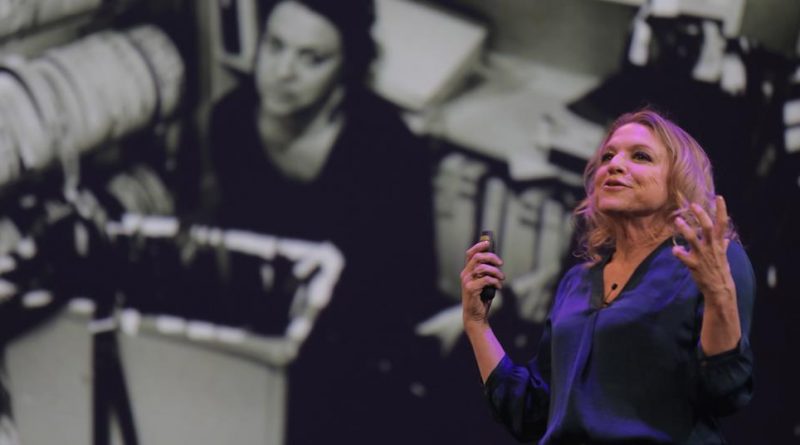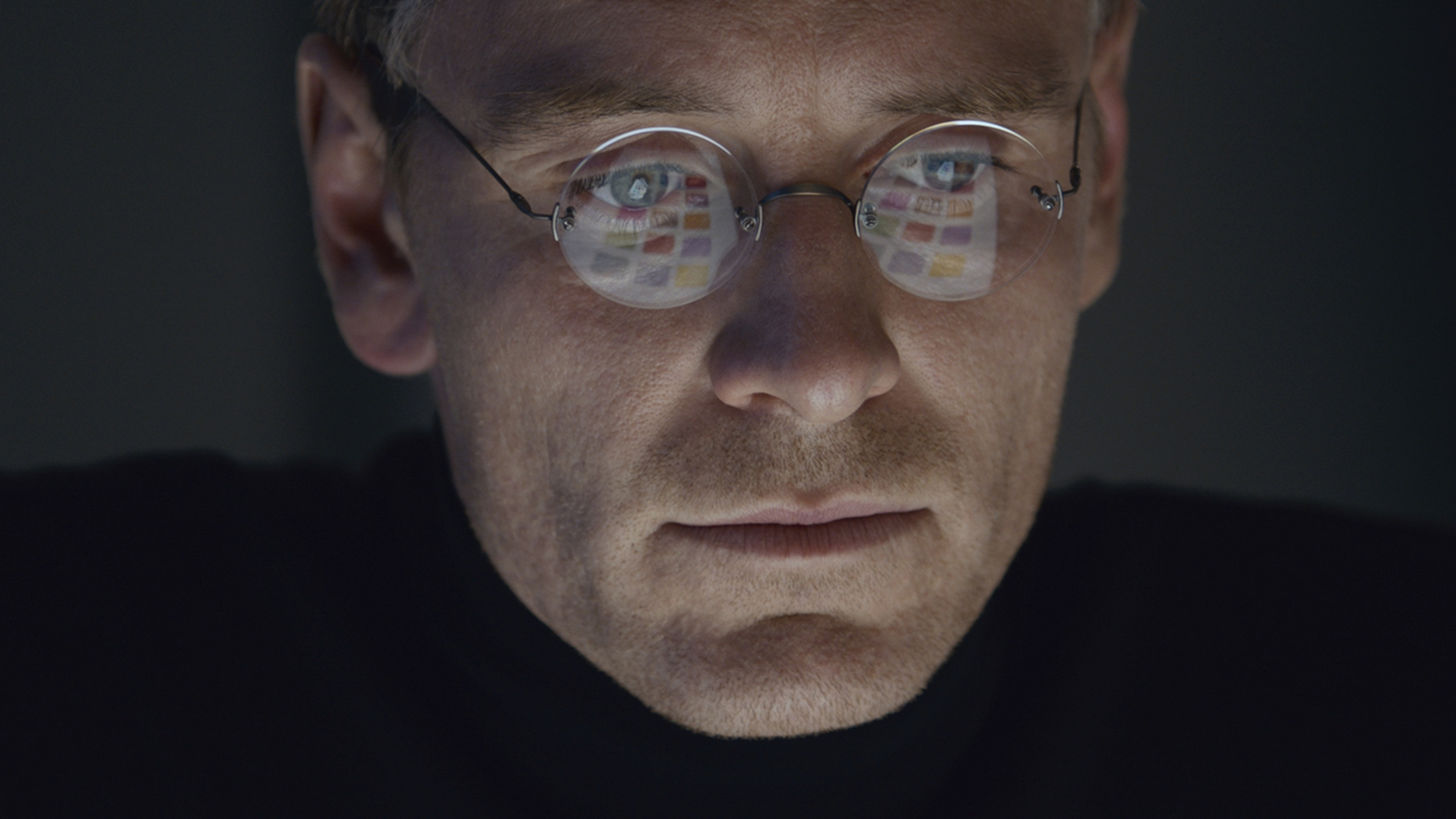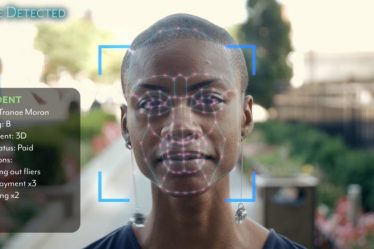
Picture the scene in 1962’s Dr. No, where Ursula Andress as Honey Rider appears from beneath the waters singing “Underneath the Mango Tree”, or its more recent counterpart, Halle Berry as Jinx rising dolphin-like and in slow motion in Die Another Day. You might think these moments of objectification and sexualization are particularly memorable, but they are by no means unique. Filmmaker and educator Nina Menkes cuts a wide swath through the history of cinema to prove those kinds of shots are the rule, not the exception, and part of the cinematic language we have all been watching at the movies for decades. In her documentary Brainwashed: Sex-Camera-Power, which is inspired by her lecture “Sex and Power: The Visual Language of Cinema”, Menkes uses over 170 clips from films from the 1940s to the present from all genres to demonstrate that shot design is gendered. She makes a strong case for the idea that the visual grammar of cinema creates an environment that encourages discrimination, pay inequality, and sexual harassment, both inside and outside the film industry. Cinephiles may find themselves defensive about their favorite flicks, but it’s hard to ignore the many points she backs up with examples. Brainwashed may well fundamentally change the way we watch films, and it should.
Menkes takes us through that visual grammar, looking at point of view, or the way characters serve as subject or object, how characters are framed on the screen, camera movement, lighting, and narrative position. In terms of point of view, even with a female lead, many scenes are shot from her male counterpart’s perspective. In framing, she uses a number of examples that show how often women are shot with fragmented bodies, whereas male bodies, even when sexualized, are fully shown. Camera movements like body pans and the use of slow motion no doubt bring an avalanche of scenes to mind, not least is the one featuring Berry’s Jinx, but there are literally hundreds if not thousands of examples in film history. I was fascinated to have it pointed out that men are largely shot in slow motion in scenes of violence and action, whereas slow motion is more often used for women in sexualized situations. There was an elucidating example of narrative position with the opening scene of De Palma’s Carrie, in which naked girls are randomly shown romping in a locker room. It has nothing to do with the storytelling, but what auteur filmmaker can pass up another excuse to show nipples?
Taking part in the discourse are academics and film historians including cultural transformation scholar Dr. Raja Bhattar, professor and filmmaker Iyabo Kwayana, Director of the UCLA Film and Television Archive May Hong HaDuong, and of course the feminist film theorist who coined the expression ‘male gaze’, Laura Mulvey. There’s insightful analysis by Dr. Sachiko Taki-Reece, a psychoanalyst. Also offering their perspectives are well-regarded and award-winning filmmakers like Julie Dash, Penelope Spheeris, Catherine Hardwicke, Joey Soloway, and Maria Giese, who instigated the federal investigation of sex discrimination in Hollywood in 2015. Giese also acts as executive producer on the film.
To read the review in its entirety, go to AWFJ.org HERE.



